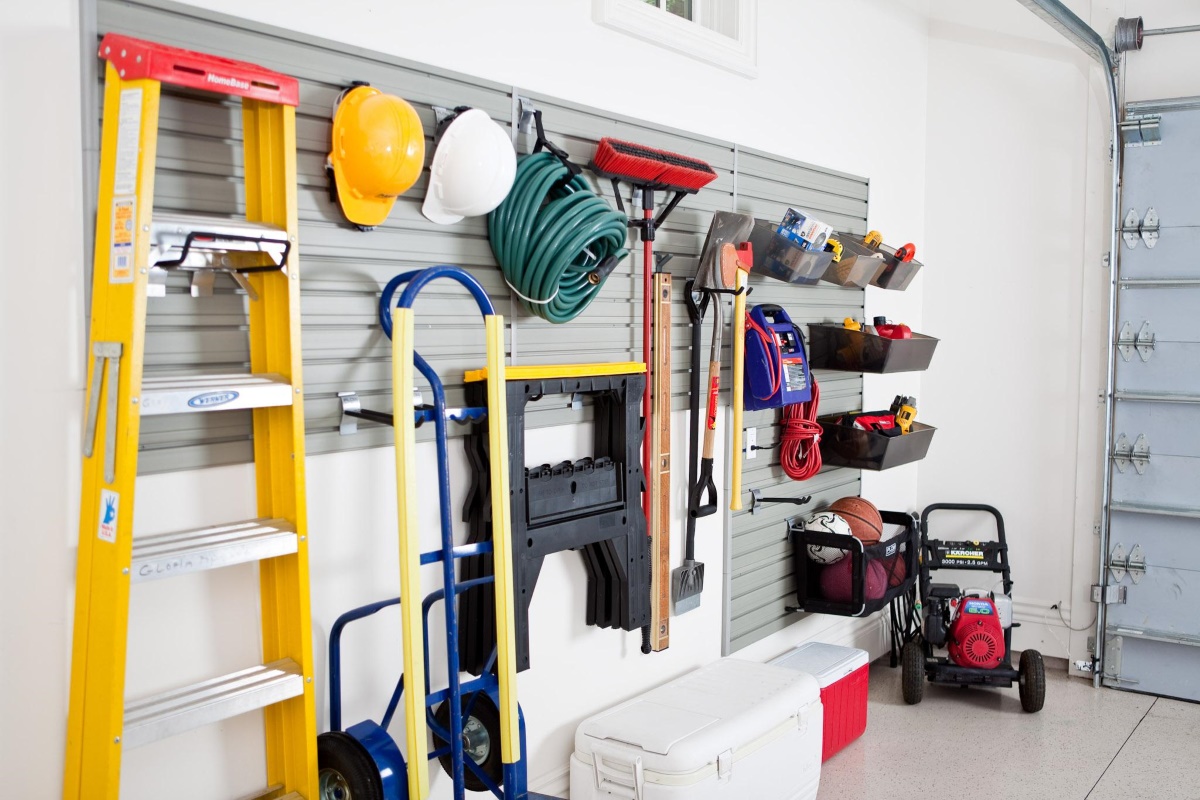

Articles
How To Hang Ladder On Wall
Modified: February 22, 2024
Discover the best techniques and step-by-step instructions on how to hang a ladder on the wall with our collection of informative articles.
(Many of the links in this article redirect to a specific reviewed product. Your purchase of these products through affiliate links helps to generate commission for Storables.com, at no extra cost. Learn more)
Introduction
Hanging a ladder on a wall is a great space-saving solution and a practical way to keep your ladder easily accessible. Whether you need to store a step ladder in your garage or a extension ladder in your basement, properly hanging it on a wall will not only free up valuable floor space but also ensure the safety and longevity of your ladder.
In this article, we will guide you through the step-by-step process of hanging a ladder on a wall. We will cover everything from gathering the necessary materials to securely installing the ladder hooks or brackets. By following these instructions, you can confidently hang any type of ladder and have it readily available whenever you need it.
Before we begin, it’s important to note that the specific method for hanging a ladder may vary depending on the type and size of the ladder, as well as the wall material. Always consult the manufacturer’s instructions and consider the recommendations of professionals if you have any concerns about the structural integrity of the wall or the ladder.
Now, let’s get started on transforming your cluttered space into an organized and efficient area by hanging your ladder on the wall!
Key Takeaways:
- Efficiently hang your ladder on the wall by gathering materials, choosing the right placement, and securely installing ladder hooks or brackets. Prioritize safety and enjoy a clutter-free space with easy ladder access.
- Test the stability of your securely hung ladder and implement additional safety precautions for long-term storage. Keep your space organized, your ladder accessible, and ensure safe usage for everyone.
Read more: How To Hang Decorative Ladder On Wall
Step 1: Gather the necessary materials
Before you can begin hanging your ladder on the wall, you will need to gather the necessary materials. Having everything ready beforehand will make the process smoother and more efficient. Here are the materials you will need:
- Stud finder: This tool will help you locate the studs in the wall, which are essential for securely hanging the ladder.
- Pencil or marker: You will use this to mark the wall and indicate where the ladder hooks or brackets will be installed.
- Ladder hooks or brackets: These are the devices that will support the weight of the ladder. Choose hooks or brackets that are appropriate for the type and size of your ladder. They should be made of strong and durable materials.
- Screws or nails: Depending on the design of the ladder hooks or brackets, you will need either screws or nails to attach them to the wall. Make sure they are long and sturdy enough to provide a secure hold.
- Drill or hammer: You will need a drill or a hammer to install the screws or nails into the wall. If you are using screws, a drill will make the process quicker and easier.
- Level: A level will help you ensure that the ladder is hung straight and level on the wall.
- Safety equipment: Don’t forget to prioritize your safety. Wear gloves and safety goggles to protect yourself from any potential injuries.
Gather all these materials and have them within reach before you begin the ladder hanging process. This way, you can avoid interruptions and complete the task efficiently.
Now that you have gathered the necessary materials, let’s move on to choosing the placement for hanging the ladder in the next step.
Step 2: Choose the placement for hanging the ladder
Choosing the right placement for hanging your ladder on the wall is crucial for both functionality and aesthetics. Consider the following factors when determining where to hang your ladder:
Accessibility: The first thing to consider is how easily you can access your ladder when it’s hung on the wall. You’ll want to choose a location that is convenient and easily reachable, so you don’t have to struggle or move obstacles to retrieve the ladder when you need it.
Space: Take into account the amount of space available on the wall. Ensure that there is enough room to accommodate the length and width of your ladder without it being too close to other objects or obstructing walkways. Avoid placing the ladder near doors or windows that may limit its use.
Weight distribution: Consider the weight distribution of the ladder and its potential impact on the wall. Depending on the ladder’s size and material, certain walls may be better suited for hanging. For example, if you have a heavy ladder, it is advisable to hang it on a wall with sturdy studs or a load-bearing wall for optimal support.
Visibility: If aesthetics are important to you, choose a location where the ladder will be visually pleasing. It should blend well with the surrounding décor or be placed in an area where it won’t be an eyesore.
Ceiling height: Take into account the height of the ceiling when choosing the placement. Ensure that the ladder is hung within a reasonable distance to the ground so that it can be easily reached and stored without the need for additional equipment or excessive lifting.
Once you have considered these factors, use a pencil or marker to mark the chosen spot on the wall. Make sure the markings are clear and easily visible.
With the placement decided, you are ready to move on to the next step: measuring and marking the wall.
Step 3: Measure and mark the wall
Before you can install the ladder hooks or brackets, it’s important to measure and mark the wall accurately. This will ensure that your ladder hangs level and secure. Follow these steps to measure and mark the wall:
- Start by taking the length of your ladder into consideration. Measure the distance between the two points where the ladder will hang. This will indicate how far apart the ladder hooks or brackets should be.
- With the ladder length in mind, use a tape measure to measure and mark the exact distance on the wall. Use a pencil or marker to make clear and visible markings.
- Ensure that the marked spots are level. Use a level to verify if the markings are straight horizontally. Adjust as needed.
- Now, take the height of your ladder into account. Measure and mark the desired height on the wall where the top of the ladder will be positioned. Again, use a level to ensure accuracy.
By measuring and marking the wall, you are setting the foundation for the ladder installation process. Take your time to ensure that the measurements are precise and the marks are visible.
Once you have accurately measured and marked the wall, you’re ready to move on to the next step: installing the ladder hooks or brackets.
Step 4: Install the ladder hooks or brackets
Now that you have measured and marked the wall for your ladder, it’s time to install the ladder hooks or brackets. Follow these steps to securely install them:
- Using the marked spots as a guide, position the ladder hooks or brackets on the wall. Make sure they are aligned with the markings and level. Double-check their placement to ensure they are at the correct distance apart.
- If you are using ladder hooks, hold them against the wall and mark the screw or nail holes with a pencil or marker. If you are using brackets, place them on the wall and mark the screw holes accordingly.
- If you are using ladder hooks, pre-drill pilot holes on the marked spots. This will prevent the wood from splitting and make it easier to insert the screws or nails. If you are using brackets, you can skip this step.
- Align the ladder hooks or brackets with the pilot holes or screw holes and attach them to the wall using the appropriate screws or nails. Make sure they are firmly and securely fastened.
- Once the ladder hooks or brackets are installed, ensure that they are level by using a level. Make any adjustments if necessary.
Take your time during this step to ensure that the ladder hooks or brackets are properly installed and secure. This will provide a stable foundation for hanging and storing your ladder.
With the ladder hooks or brackets securely in place, you’re ready to move on to the next step: hanging the ladder on the wall.
Use ladder hooks or brackets to hang the ladder securely on the wall. Make sure to install them into wall studs for maximum support. Always double-check the weight capacity of the hooks or brackets to ensure they can hold the weight of the ladder.
Read more: How To Hang A Ladder From The Ceiling
Step 5: Securely hang the ladder on the wall
Now that you have installed the ladder hooks or brackets, it’s time to hang your ladder securely on the wall. Follow these steps to ensure a safe and stable hanging:
- Carefully lift your ladder and position it between the ladder hooks or brackets. Align the ladder with the hooks or brackets and ensure that it sits securely in place.
- Slowly lower one side of the ladder onto the ladder hooks or brackets, making sure it fits snugly into place. Take your time during this step to avoid any sudden movements or slips.
- With one side of the ladder securely in position, carefully lower the other side onto the ladder hooks or brackets. Ensure that both sides of the ladder are evenly supported and balanced.
- Once the ladder is in place, give it a gentle shake to test its stability. If it feels loose or wobbly, double-check the installation of the ladder hooks or brackets, and make any necessary adjustments to ensure a secure fit.
It’s important to note that the method of hanging the ladder on the wall may vary depending on the type and design of the ladder hooks or brackets. Always refer to the manufacturer’s instructions for specific guidance.
By securely hanging your ladder on the wall, you are ensuring its stability and reducing the risk of it accidentally falling or causing injury. With the ladder securely in place, you can move on to the next step: testing its stability.
Step 6: Test the stability of the ladder
After securely hanging your ladder on the wall, it’s crucial to test its stability to ensure that it can support the weight and function as intended. Follow these steps to test the stability of the ladder:
- Gently place your hands on the ladder and give it a slight shake. The ladder should feel stable and firmly attached to the wall. If it feels wobbly or loose, stop using the ladder immediately and recheck the installation of the ladder hooks or brackets.
- Climb up a few steps on the ladder to further test its stability. Pay attention to any excessive movement or unsteadiness. If you notice any issues, carefully descend and recheck the ladder hooks or brackets and their installation.
- While standing on the ladder, wiggle and sway slightly to simulate movements that may occur during regular use. The ladder should remain stable without any unexpected shifting or swaying.
- If your ladder has extensions or movable parts, ensure that these components are locked securely in place before climbing or using the ladder.
It’s essential to prioritize your safety when testing the stability of the ladder. Always maintain a firm grip and be cautious of any signs of instability or weakness. Remember that if at any point you feel unsure about the ladder’s stability, it is better to discontinue its use and address any issues promptly.
By thoroughly testing the ladder’s stability, you can have peace of mind knowing that it is safe and reliable for your intended use. With the ladder successfully tested, we can move on to the final step: additional tips and safety precautions.
Step 7: Additional tips and safety precautions
Now that you have successfully hung your ladder on the wall and tested its stability, it’s important to keep in mind some additional tips and safety precautions to ensure a safe and efficient ladder storage solution. Consider the following:
- Regular inspection: Periodically check the ladder hooks or brackets for any signs of wear or loosening. Tighten any screws or nails if necessary and replace any damaged parts promptly.
- Weight capacity: Be aware of the weight capacity of the ladder hooks or brackets and ensure that your ladder does not exceed it. Overloading the hooks or brackets can compromise their stability and create a safety hazard.
- Proper positioning: When hanging the ladder, make sure it is positioned in a way that does not obstruct any doorways, windows, or walkways. Ensure that it does not pose a risk of falling or causing injury to anyone passing by.
- Secure storage: If you have any detachable parts or accessories for your ladder, store them securely in a designated area to avoid misplacement or damage.
- Safe ladder usage: Always follow the manufacturer’s instructions for proper ladder usage. Use the ladder on a stable and level surface, and never exceed the maximum weight capacity.
- Safety equipment: When using the ladder, always take appropriate safety precautions such as wearing non-slip shoes, using a safety harness if necessary, and using a spotter to assist you if working at heights.
- Train others: If there are other individuals who may need to access or use the ladder, make sure to properly train them on ladder safety and the correct procedure for removing and returning the ladder to its hanging position.
By following these additional tips and safety precautions, you can ensure that your ladder hanging system remains secure and that everyone who uses the ladder does so safely.
Congratulations! You have successfully learned how to hang a ladder on the wall. By implementing these steps and safety measures, you can keep your ladder organized, accessible, and safely stored for future use.
Remember, if you ever have any concerns or doubts about the stability or integrity of the ladder hanging system, consult a professional or contact the manufacturer for expert advice.
Conclusion
Hanging a ladder on a wall is a practical and space-saving solution that can help you declutter your space and keep your ladder easily accessible. By following the step-by-step process outlined in this article, you can confidently hang your ladder on the wall and ensure its stability and safety for future use.
Throughout this guide, we discussed the importance of gathering the necessary materials, choosing the right placement for the ladder, measuring and marking the wall accurately, installing the ladder hooks or brackets securely, hanging the ladder, testing its stability, and implementing additional safety precautions.
Remember to always prioritize safety when working with ladders. Regularly check the ladder hooks or brackets for any signs of wear or damage, and make any necessary repairs or replacements promptly. Be mindful of the weight capacity of the hooks or brackets and never exceed it. Store the ladder securely to avoid any accidents or injuries.
By hanging your ladder on the wall, you not only create more space in your garage, basement, or storage area, but you also ensure that your ladder is easily accessible whenever you need it. Proper ladder storage will also prolong the lifespan of your ladder, keeping it in good condition for years to come.
We hope that this article has provided valuable insights and guidance on how to hang a ladder on the wall. Remember to follow the manufacturer’s instructions and consult professionals if you have any concerns about the structural integrity of the wall or ladder.
Now it’s time to take action and transform your space into an organized and efficient area by hanging your ladder on the wall. Enjoy the benefits of easy access, improved safety, and a clutter-free environment. Happy ladder hanging!
Frequently Asked Questions about How To Hang Ladder On Wall
Was this page helpful?
At Storables.com, we guarantee accurate and reliable information. Our content, validated by Expert Board Contributors, is crafted following stringent Editorial Policies. We're committed to providing you with well-researched, expert-backed insights for all your informational needs.
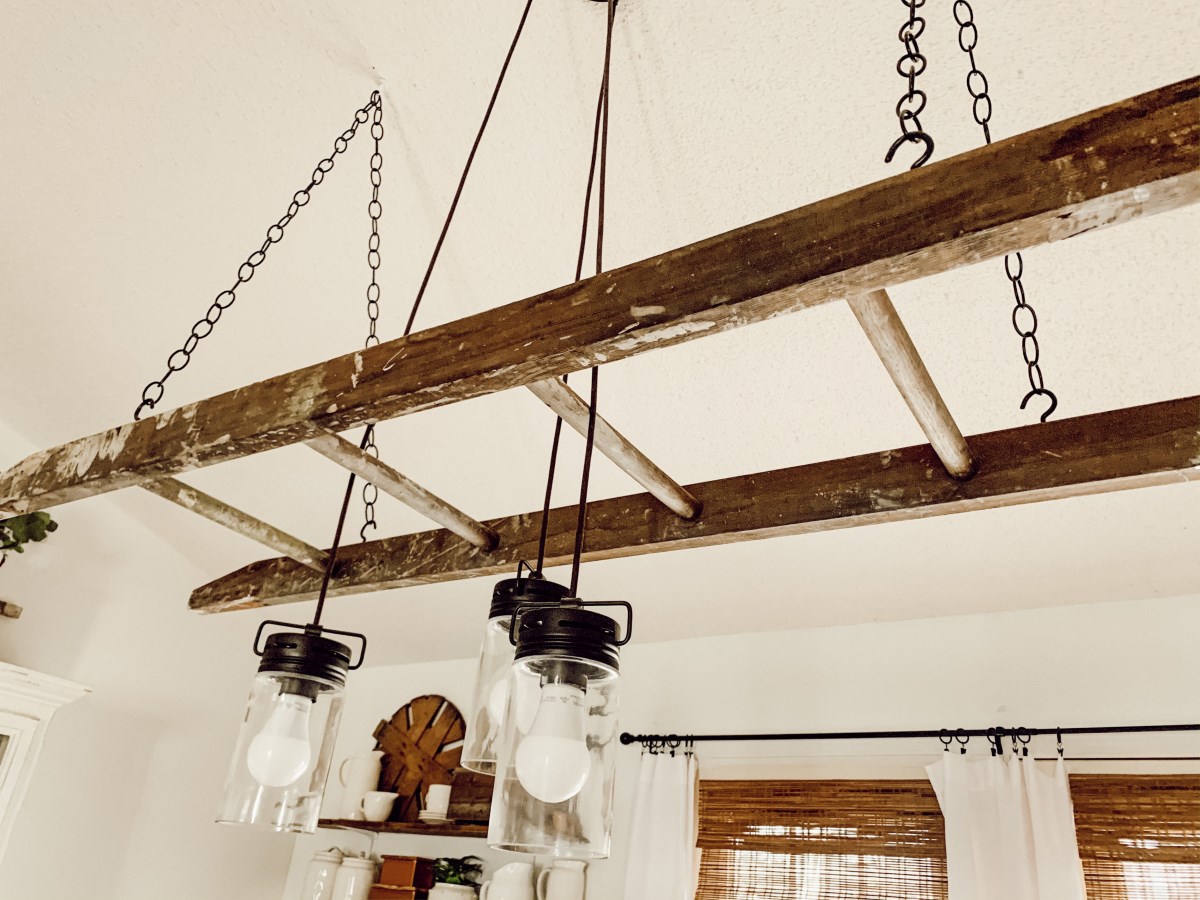
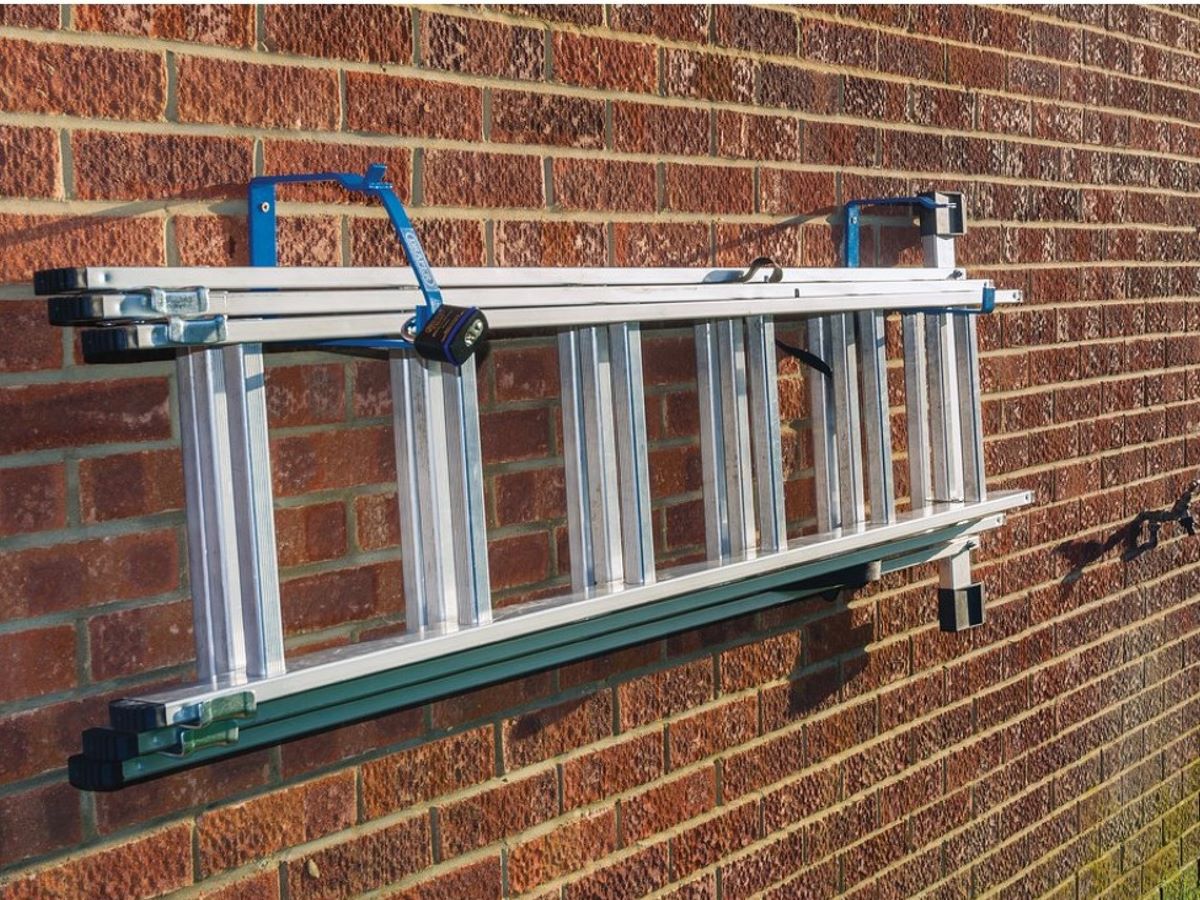
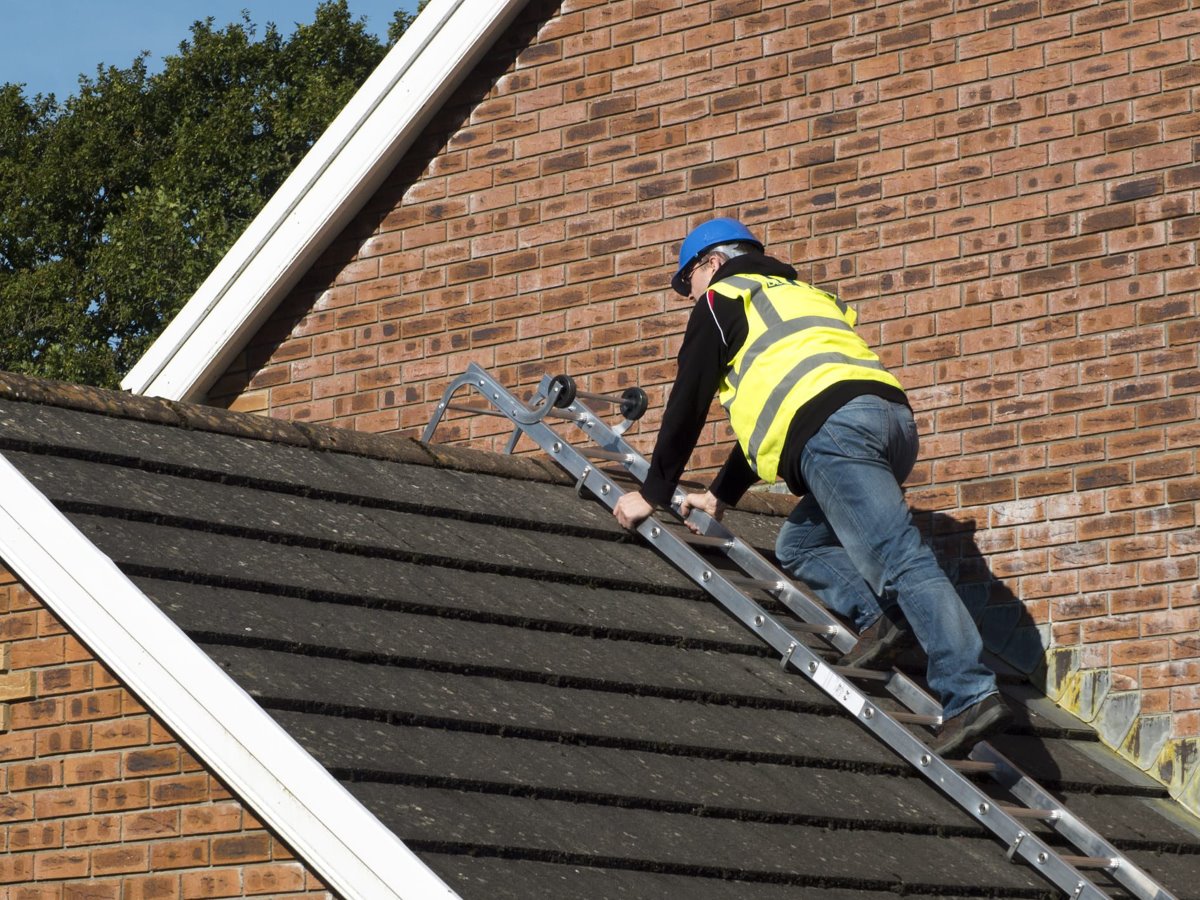




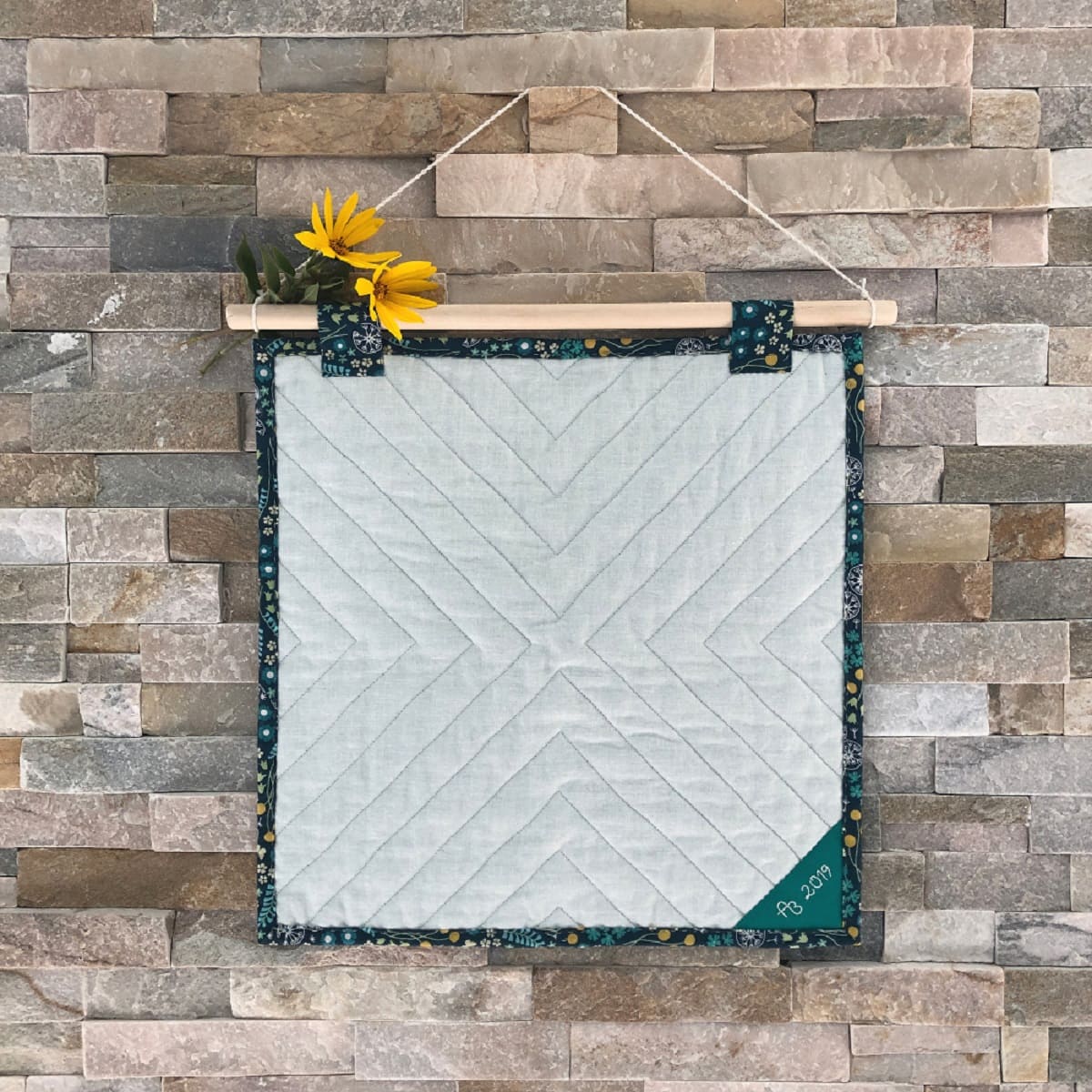

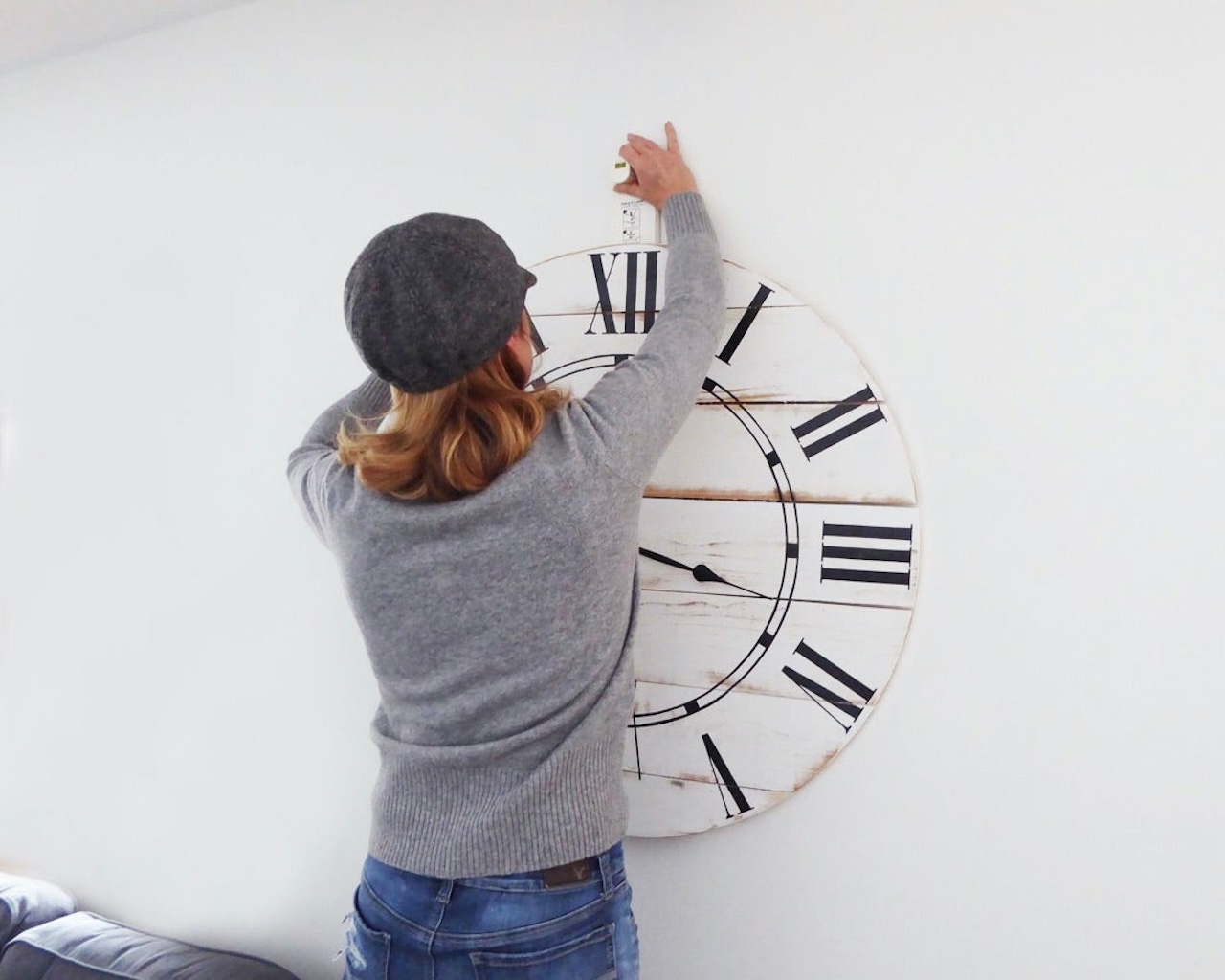
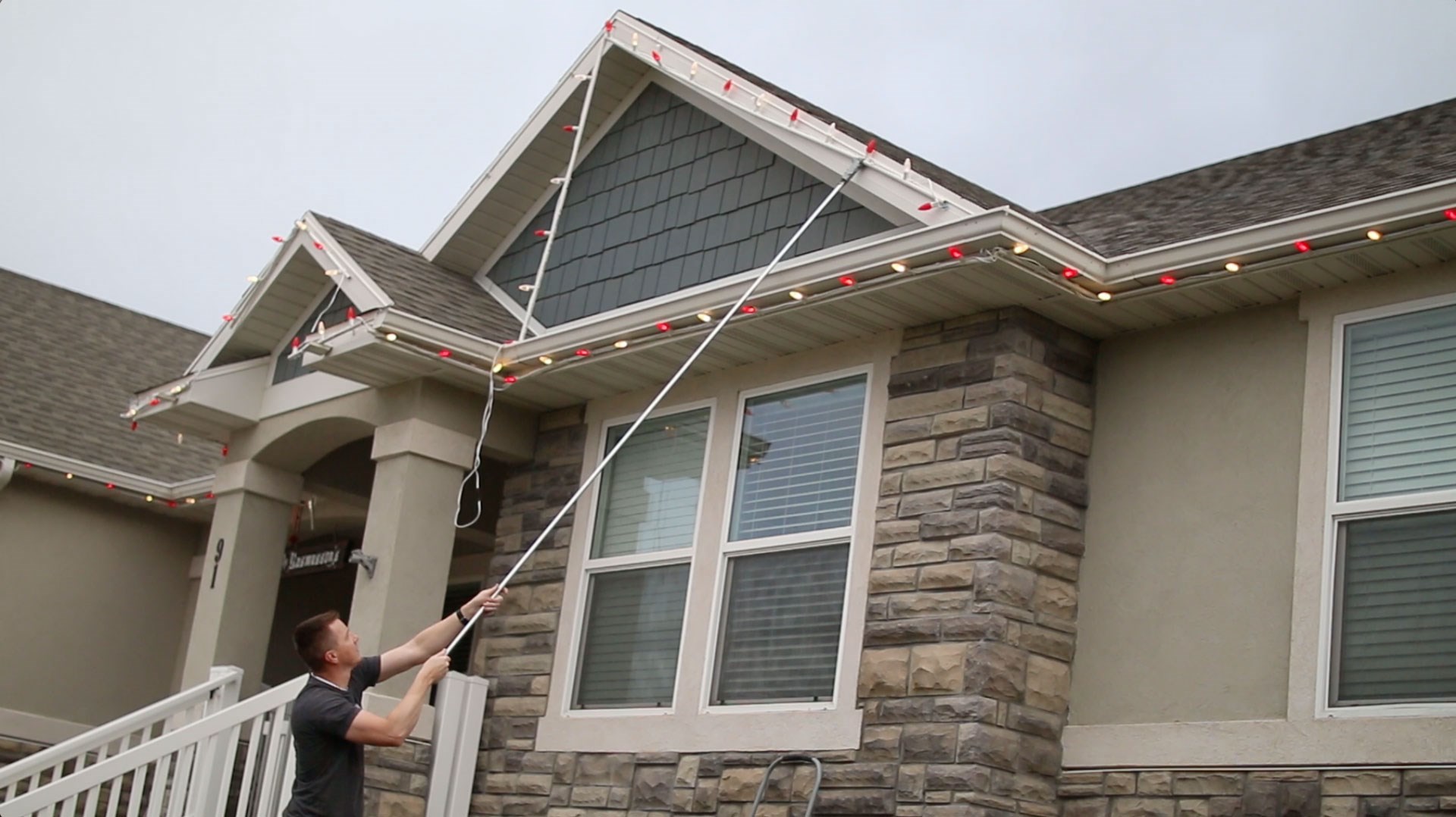

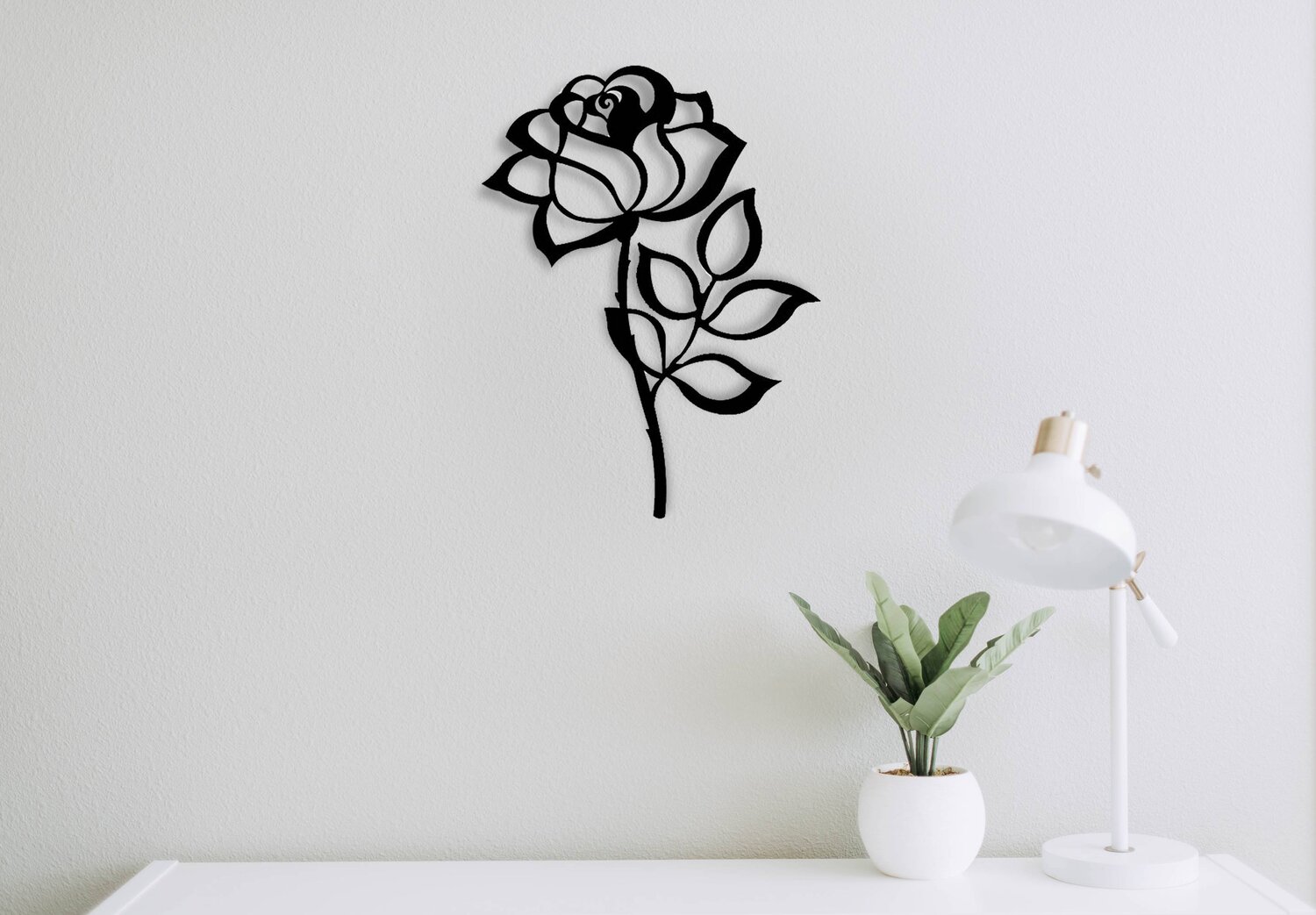
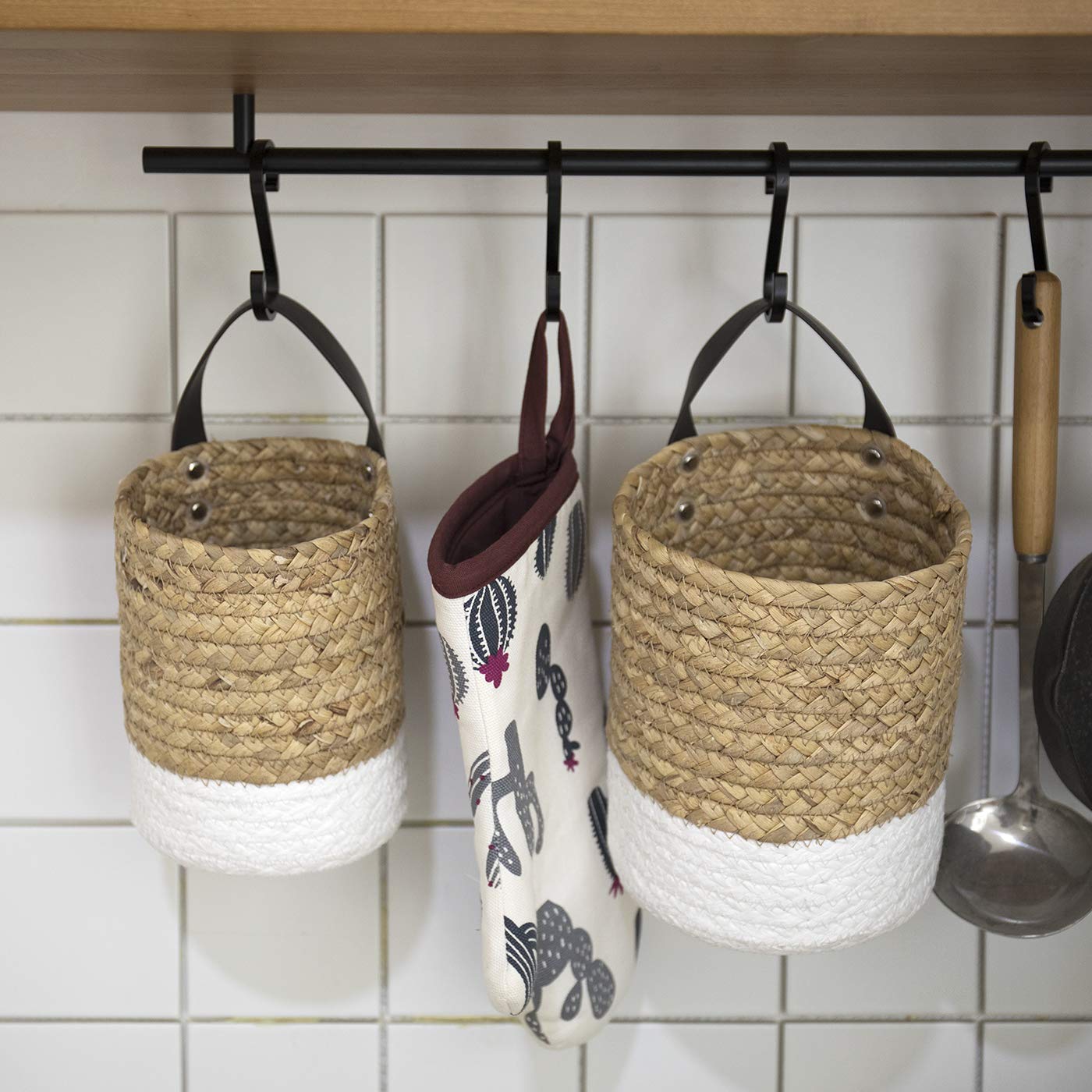

0 thoughts on “How To Hang Ladder On Wall”